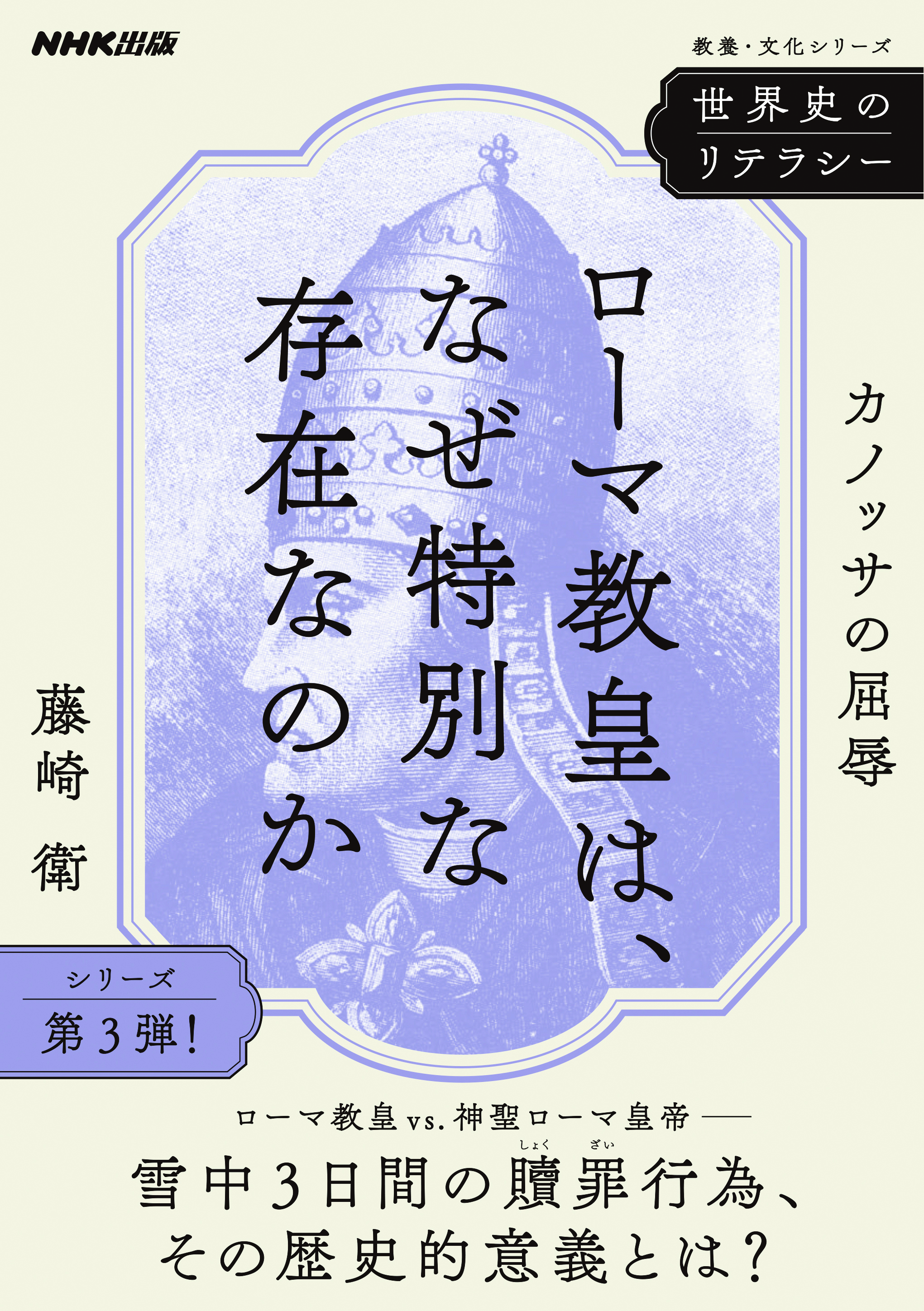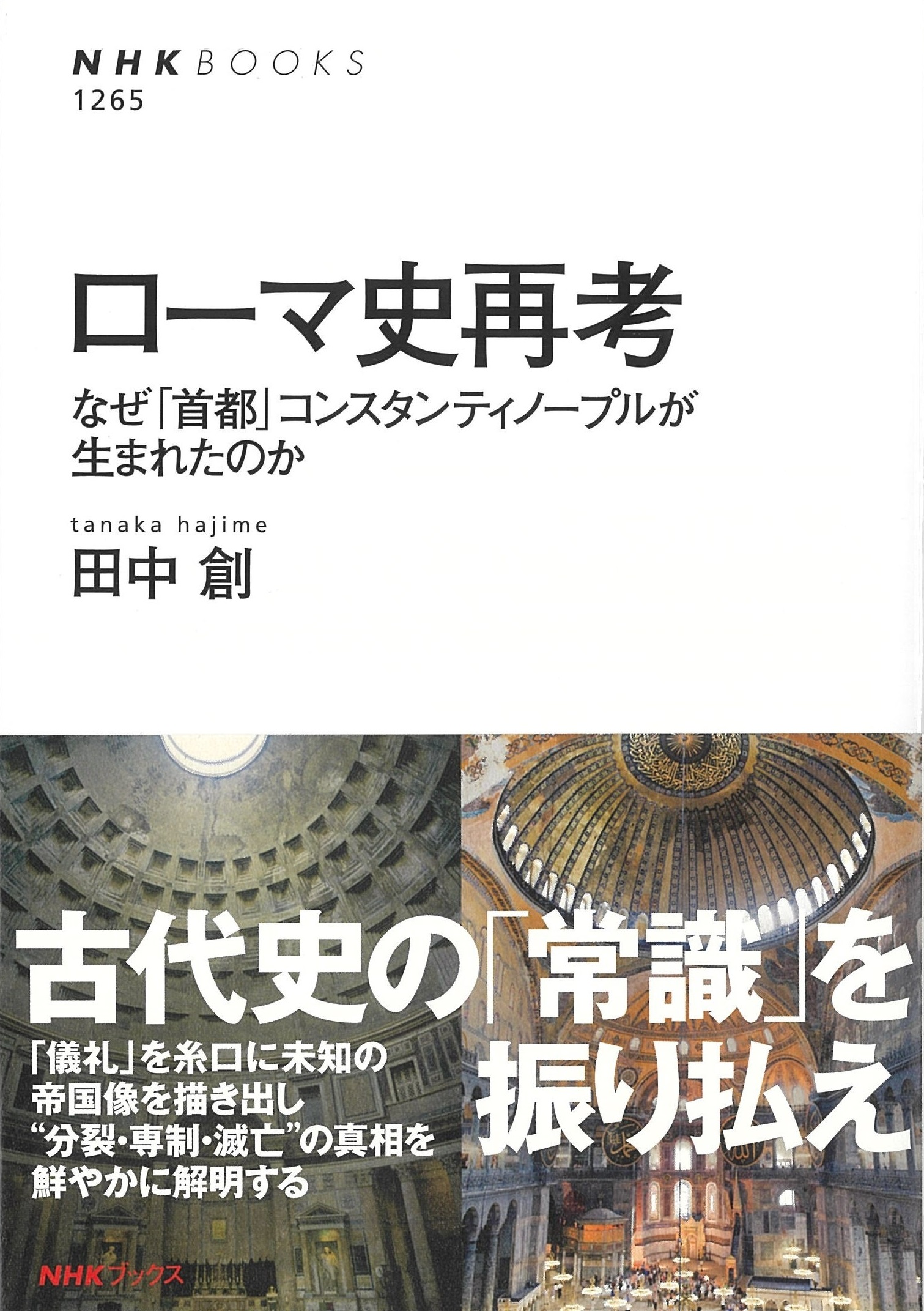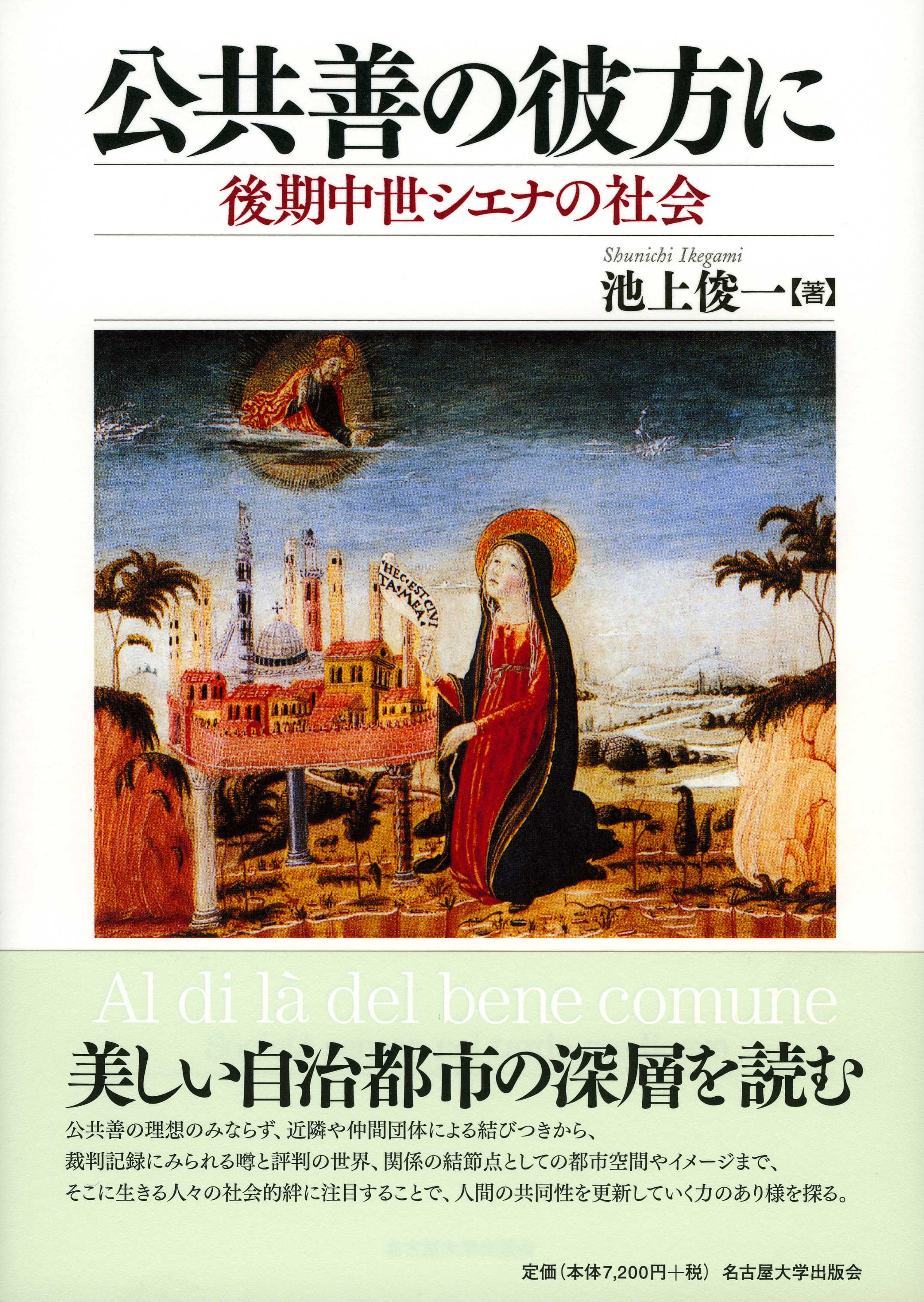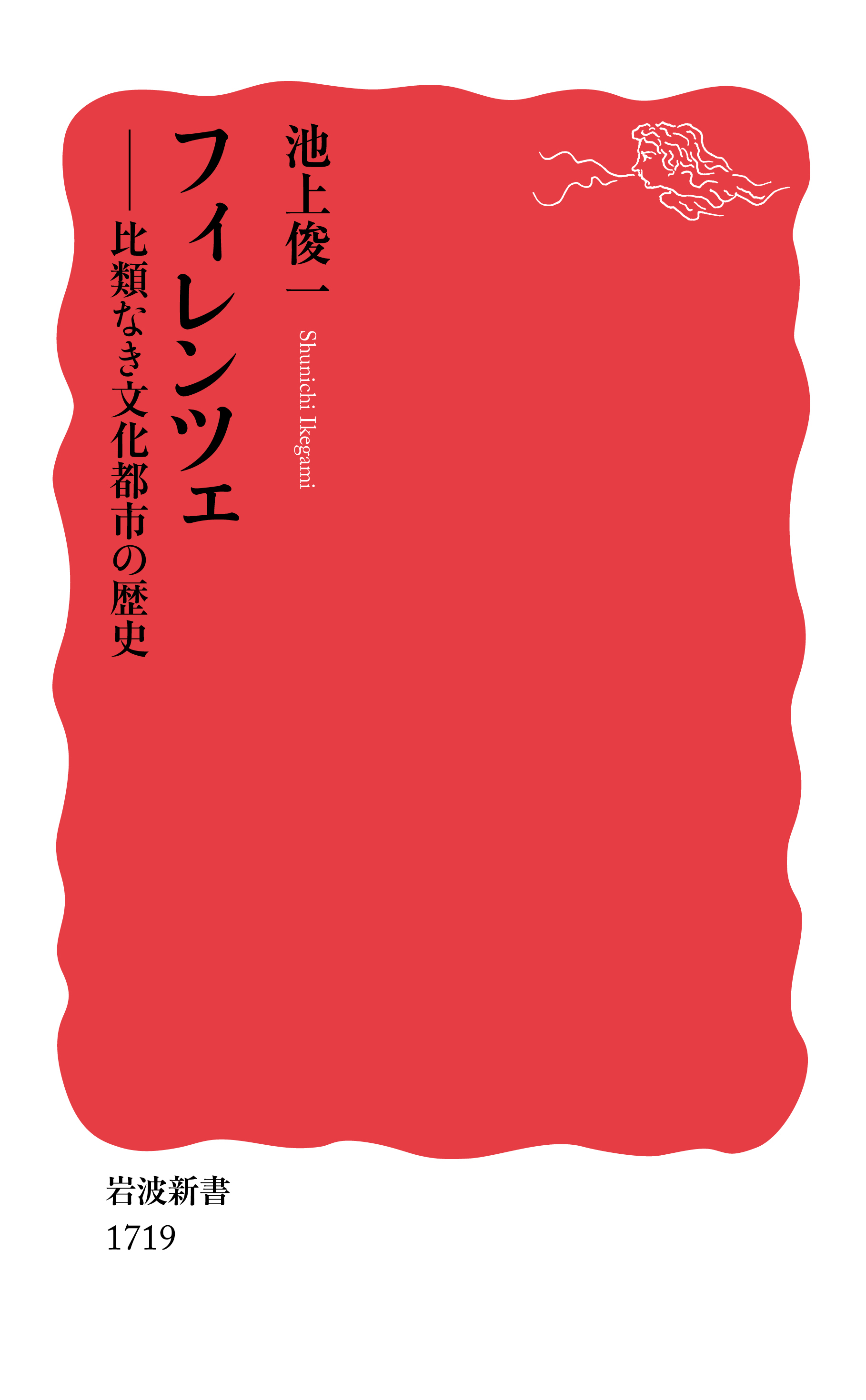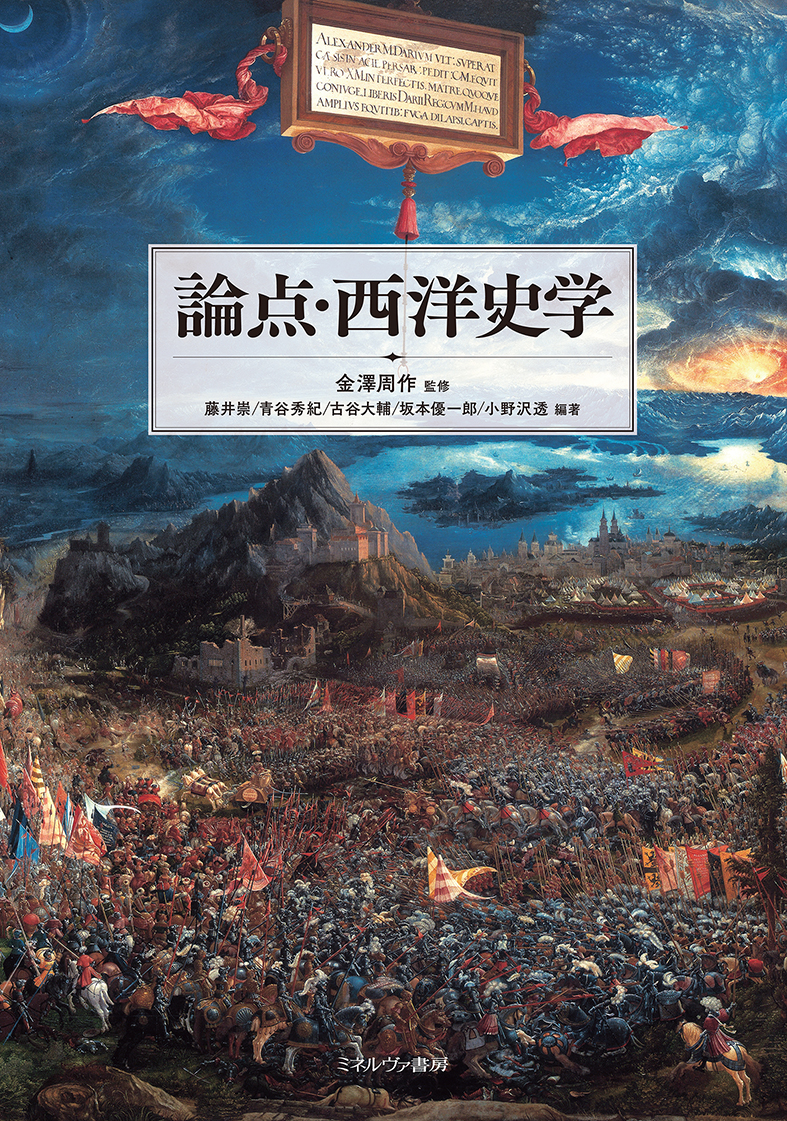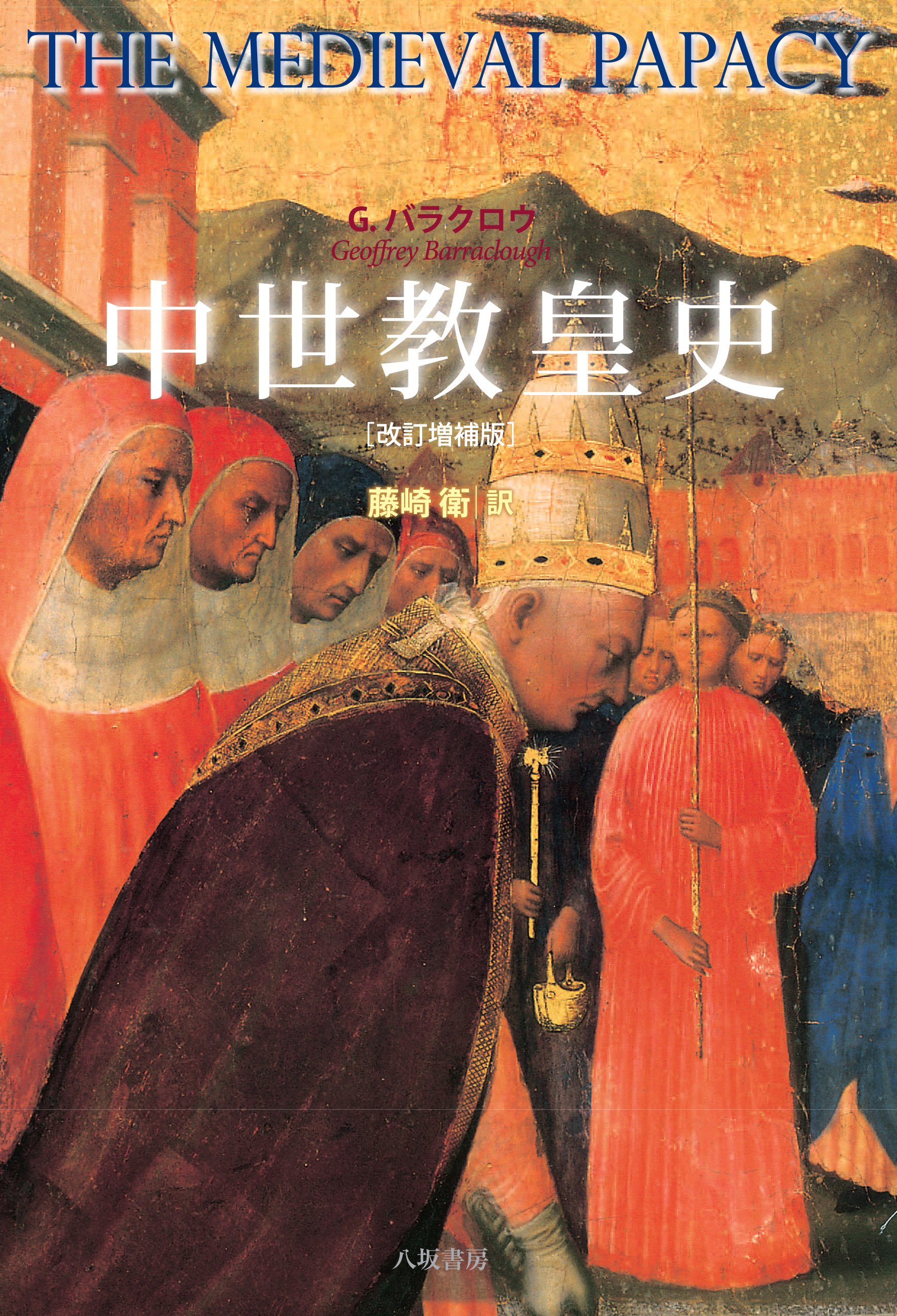
Title
Chusei Koukyo-shi (The Medieval Papacy - Revised and expanded edition)
Size
384 pages, A5 format, hardcover
Language
Japanese
Released
February, 2021
ISBN
978-4-89694-282-8
Published by
YASAKA SHOBO
Book Info
See Book Availability at Library
Japanese Page
Christianity is one of the elements that cannot be overlooked in understanding Western civilization. Presently, Christianity is divided into many denominations and orders, but in Western European society from antiquity to the Middle Ages, Christianity meant Roman Catholicism. The current volume, The Medieval Papacy, describes the history of the popes, the leaders of Western Christianity, and of the papacy from antiquity to the Renaissance, focusing on the Middle Ages.
The author, Geoffrey Barraclough, was a twentieth-century British historian who taught in a number of universities in Britain and the United States, including Cambridge, Oxford, and Brandeis. He started his academic career with research on the institutional history of the papacy in the Middle Ages and expanded the scope of his research to include the history of Germany and of medieval Europe in general. In the latter half of his career, he expanded his expertise to include comparative history, world history, and contemporary history. His broad perspective and deep expertise as a historian of civilization up to the present day have been presented in a number of books, many of which have been translated into Japanese, including Tenkanki no Rekishi (History in a Changing World) (Shakai Shiso-sha, 1964), Gendaishi Josetsu (An Introduction to Contemporary History) (Iwanami Shoten, 1971), and Asahi-Taimuzu Konpakuto-ban Sekai Rekishi Chizu (The Times Atlas of World History) (Asahi Shimbun-sha, 1984).
The Medieval Papacy, one of Barraclough’s major works, is underpinned by the broad perspective described above, rather than a collection of reports of individual popes’ achievements. It is not a “history of the popes” but a solid “history of the papacy.” To elaborate further: Neither the papacy as a concept nor the Roman Curia consists of the pope alone. The organic organization of a huge number of people surrounding the pope and their roles constitute the Curia, with the papacy being the authority manifested by the Curia to secular authorities and the church hierarchy. In other words, the significance of the “history of the papacy” lies in understanding the Roman Curia as a social organization constituted by a variety of people and interacting with other social groups. Further significance is placed on understanding the development of thought on religious authority. Barraclough places the papacy within the historical development of the real and changing European society and successfully describes the characteristics of medieval European society and the process of its change through the history of papacy. The volume’s value lies in these features.
At the same time, discussion of individual popes is not absent. Rather, Barraclough provides rich discussions of the achievements of individual popes, and his assessments of them have often impressed other historians. Consequently, the current volume represents an unparalleled achievement in that it satisfies academic needs at the same time as providing a gripping narrative as a volume. This is underpinned by a vast amount of expert knowledge about medieval history and the history of the papacy as well as an excellent understanding of the history of civilization.
The current volume is based on the 2012 translation, and it is revised for the first time in nine years and expanded. The translator has supplemented the list of references at the end of the volume, which also contains a list of popes to date with detailed data as an appendix, not included in the original. This makes the volume a useful reference source as well.
(Written by FUJISAKI Mamoru, Associate Proffesor, Graduate School of Arts and Sciences / 2022)



 Find a book
Find a book


